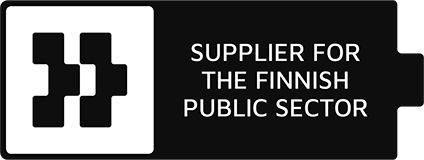It took a group of audiovisual professionals to make Untold Arctic Wars. Except for the DOPs and archive editors, the series was created by NTRNZ media in-house team. Producer-screenwriters Teemu Hostikka and Anna-Reeta Eksymä had the main responsibility for the series’ content and visuals – but who made their vision into reality?
The editor is responsible for the final look
Editor Antero Laurila was responsible for what Untold Arctic Wars looked like after all the pieces had been put together. It was his duty to make sure that the producer-screenwriters’ vision becomes reality on the editing board. He was given the freedom to take the commonly agreed vision forward as he saw best.
The atmosphere and narration have to be in line with the context, narrative engagement and fluency. We wanted to make it impelling and addictive. Sometimes it took some time to find the right solution and my personal vibe affected the way I worked, as well.
Antero Laurila, Chief film editor
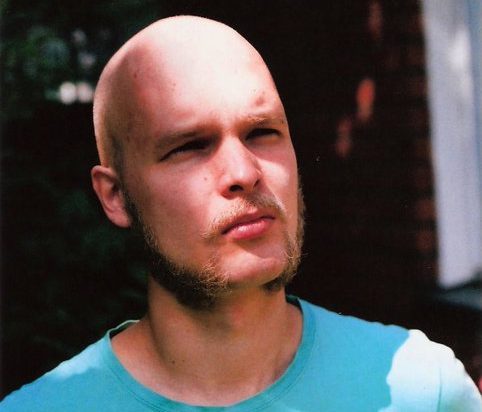
Ville Sandqvist worked as co-editor and material coordinator for the series. The latter included copying and backing up all filmed material, meaning the field research material and studio interviews, during the edit. It also included downloading and organising the archive videos, coloured archive photos and map animations, as well as saving the data, taking care of rights, relaying material, episode versioning and sending them to the commissioners. The archive material rights are subject to a charge, so Ville made sure their prices per episode were manageable.
The amount of material was ridiculous, and it all went through my desk. I'm happy with the end result; the series looks good and stands out nicely from other similar series.
Ville Sandqvist, Editor and material coordinator

Impressive visuals with animation and colour grading
One of the most noticeable things about Untold Arctic Wars is its visuals. The most essential features are its tones, the coloured and animated archive photos and the impressive title sequence. Iikka Kinnunen is the man mainly responsible for these. He coloured and animated around six hundred archive photos with the help of artificial intelligence. Iikka also colour graded and animated the title sequence in addition to finalising the colour grading for the whole series.
I went through all the material and made sure it stays in balance. We created a rather cold, nordic noir look with little colour, according to Teemu's wishes.
Iikka Kinnunen, Colour grading expert
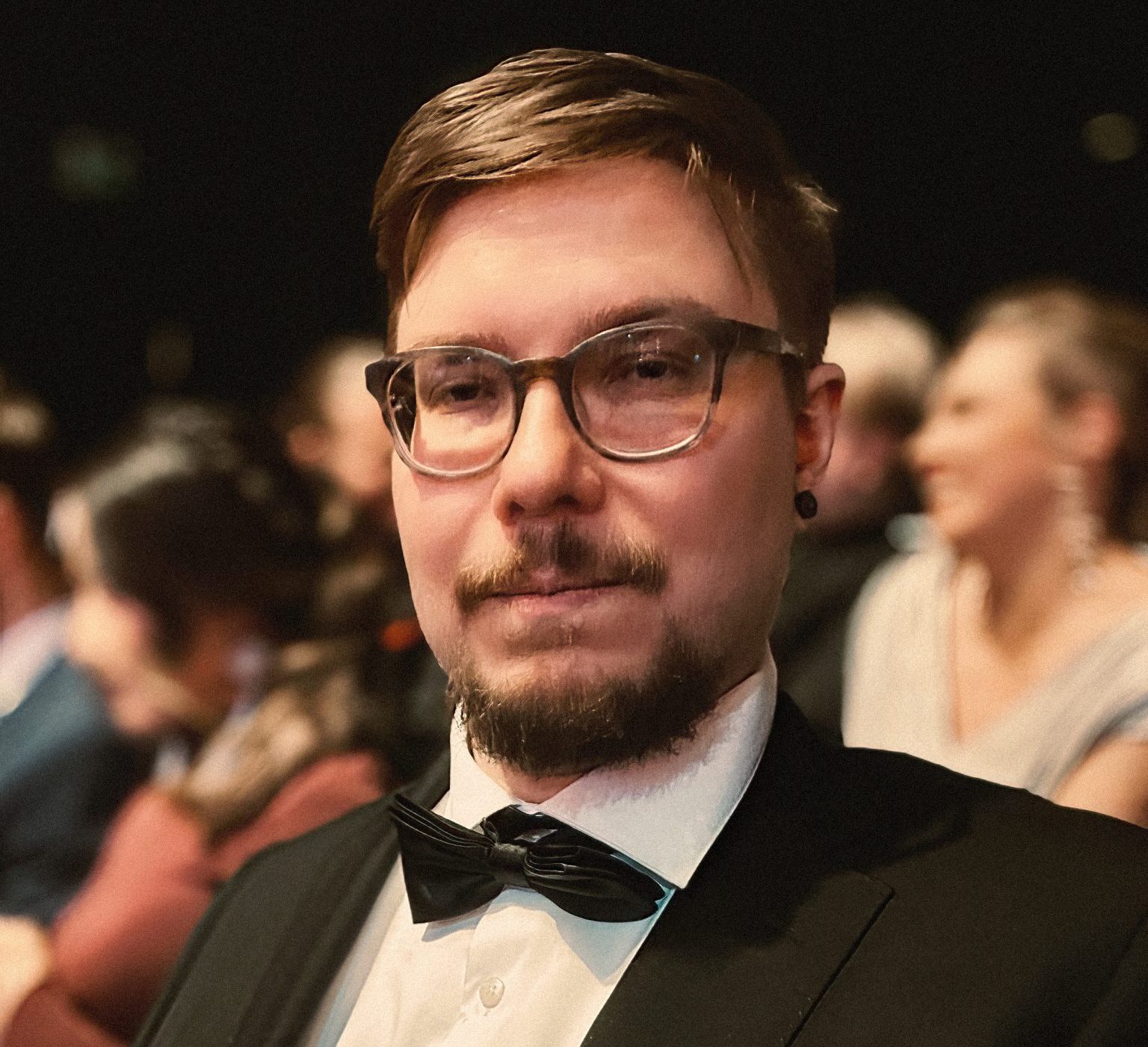
Riku Paaso worked piously on the animated maps for two years. The maps were to be as historically accurate as possible, and the series ended up having around a hundred animations. Several versions of each were made to have all the facts straight and checked by experts. This gives you an idea of the amount of work Riku had with the maps. The map virtuoso himself is pleased with the end result.
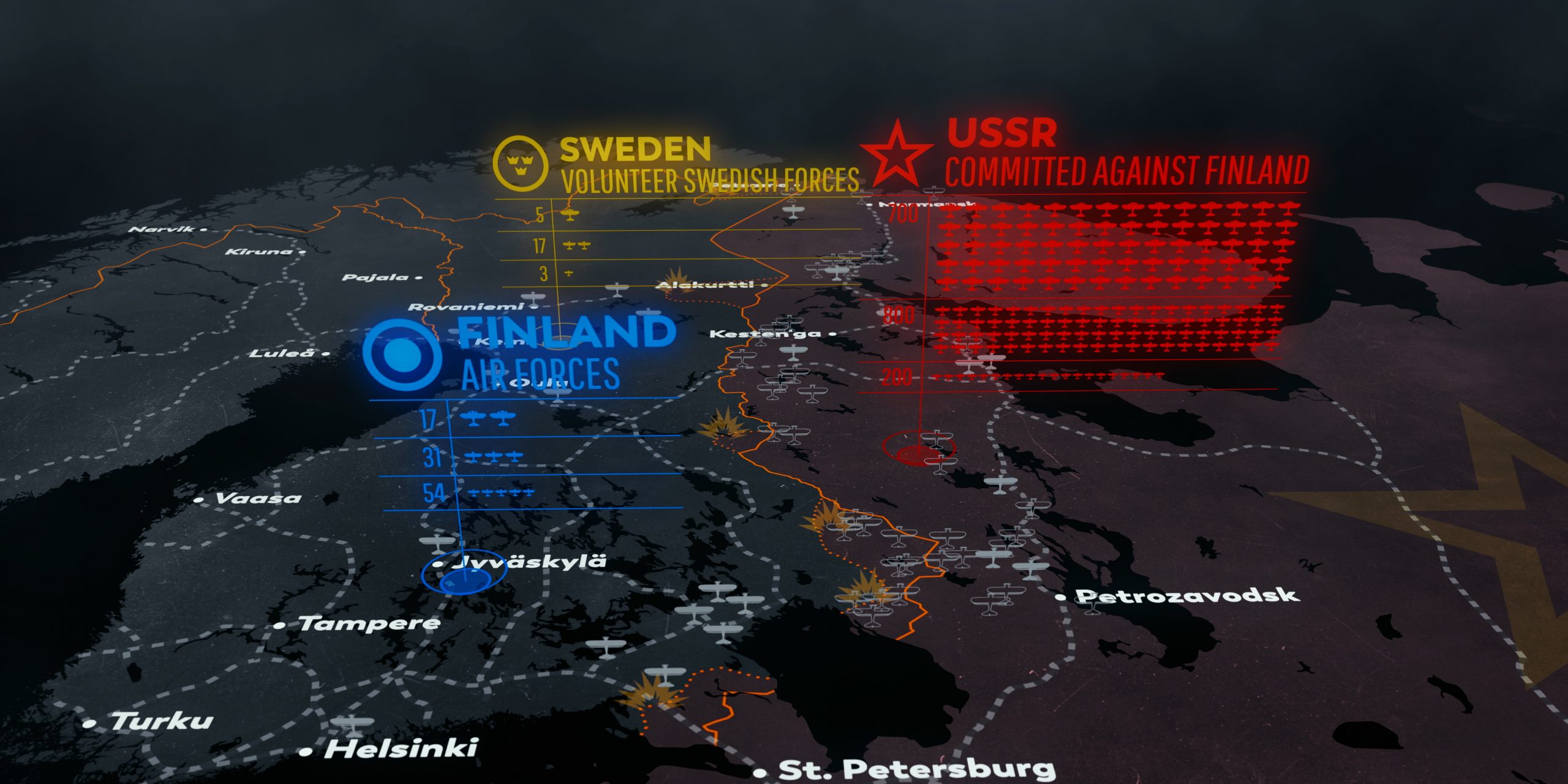
I think the end result is very interesting, stylish and informative, and I'm proud of it. It feels great to be a part of something this big and important.
Riku Paaso, Animator
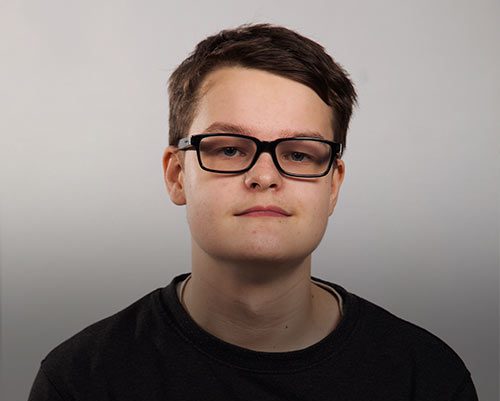
The DOPs outlined the imagery caught by the cameras
Untold Arctic Wars had two DOPs, Eemeli Hepola and Mika Hirvonen. They, along with the producers, were responsible for the series’ visual identity. They made sure the cameras caught things that looked as planned. Because of Covid, a number of outside cameramen had to be used as the expert interviews were filmed in several different countries.
Eemeli and Mika made concrete presentations of the visual look to enable the other cinematographers to build the right kind of studio setup and choose the correct resolutions and settings for their cameras. The filming was planned so that the field research and studio material would be visually uniform. Outdoor filming was mainly carried out on cloudy days for just the right kind of atmosphere.
The series was set out to be more like a documentary film and less like, say, reality tv. To me, it was important that the series looks uniform, and I think we succeeded.
Eemeli Hepola, DOP
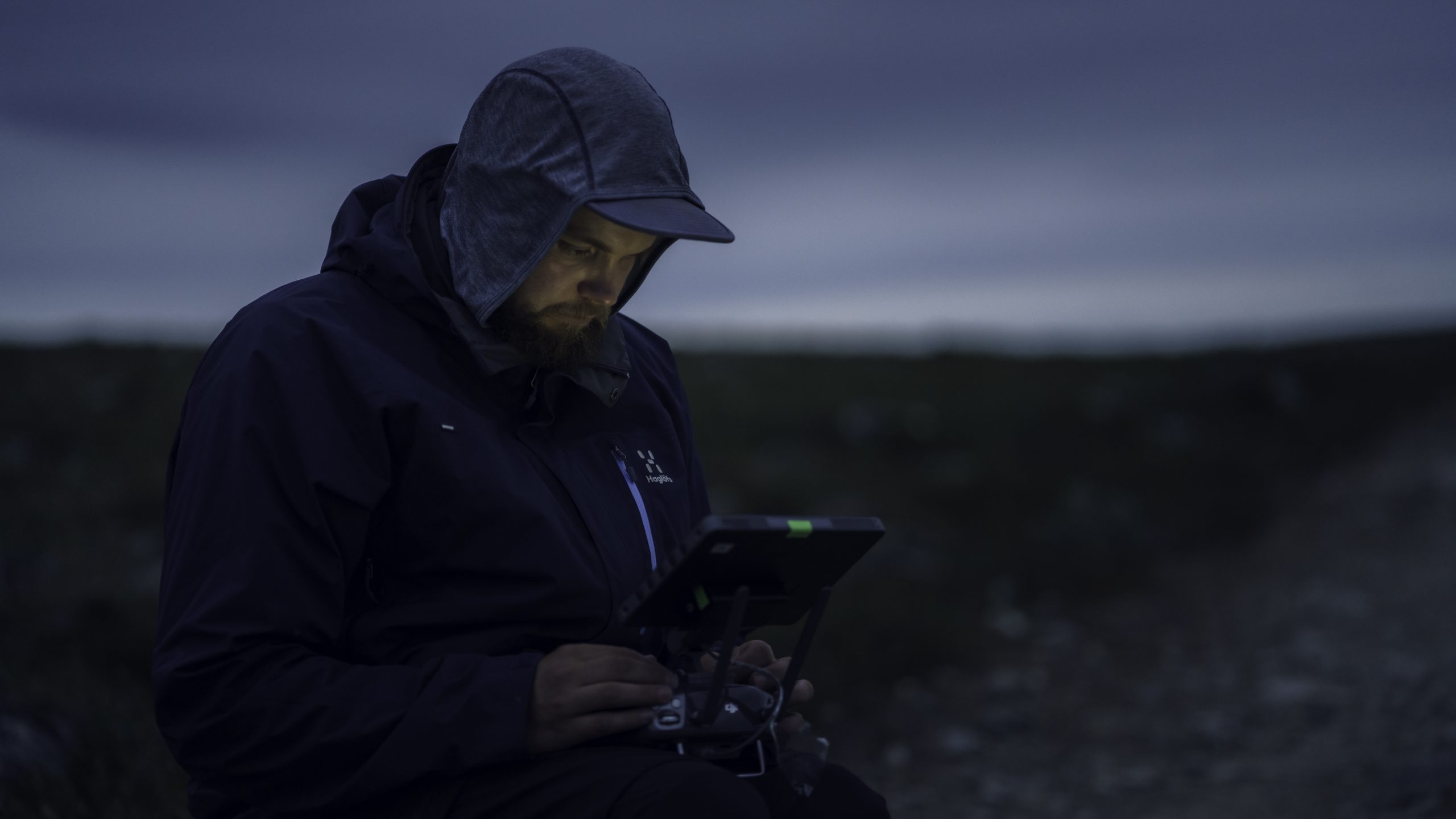
Mika Hirvonen was responsible for creating and carrying out the style of filming the field research and location shoots. Filming the field research, Mika found it especially interesting to find out new historical facts. He was surprised to find out about the prison camps in Norway and to learn about everything the Germans built in Norway.
The post-production team did a great job with the archive materials. The days spent in the field were by no means a waste of time, although a fraction of the material ended up in the series.
Mika Hirvonen, DOP
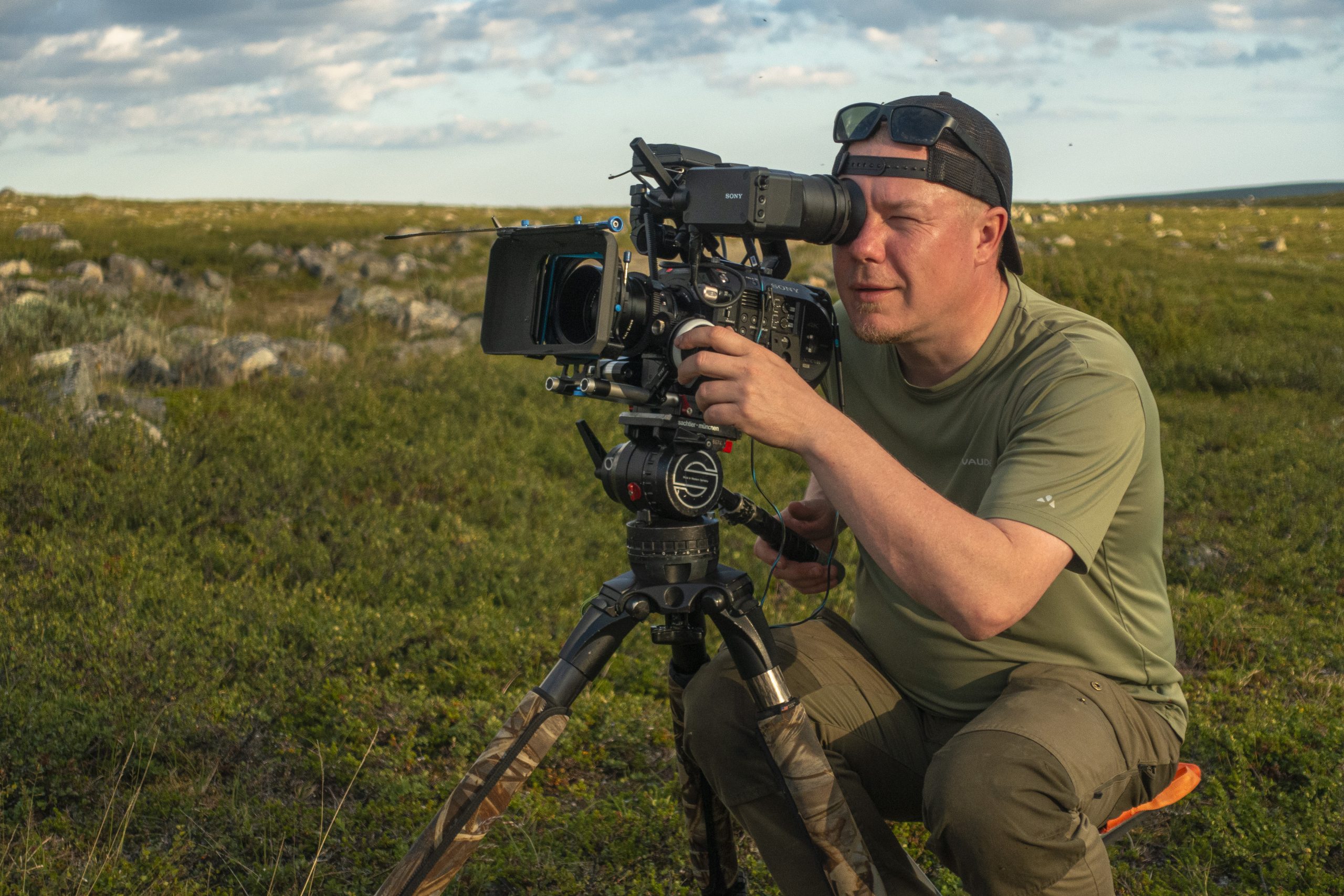
Miika Ylitalo from NTRNZ was a part of the filming team on the field in Finland, Sweden and Norway. Miika also helped Antero and Ville in editing, gathering archive material and expert interviews into projects.
During the location shoots, I was amazed by the amount of war-related junk that is still around. I also learned about life during the war and about events on specific sites.
Miika Ylitalo, cinematographer and editor
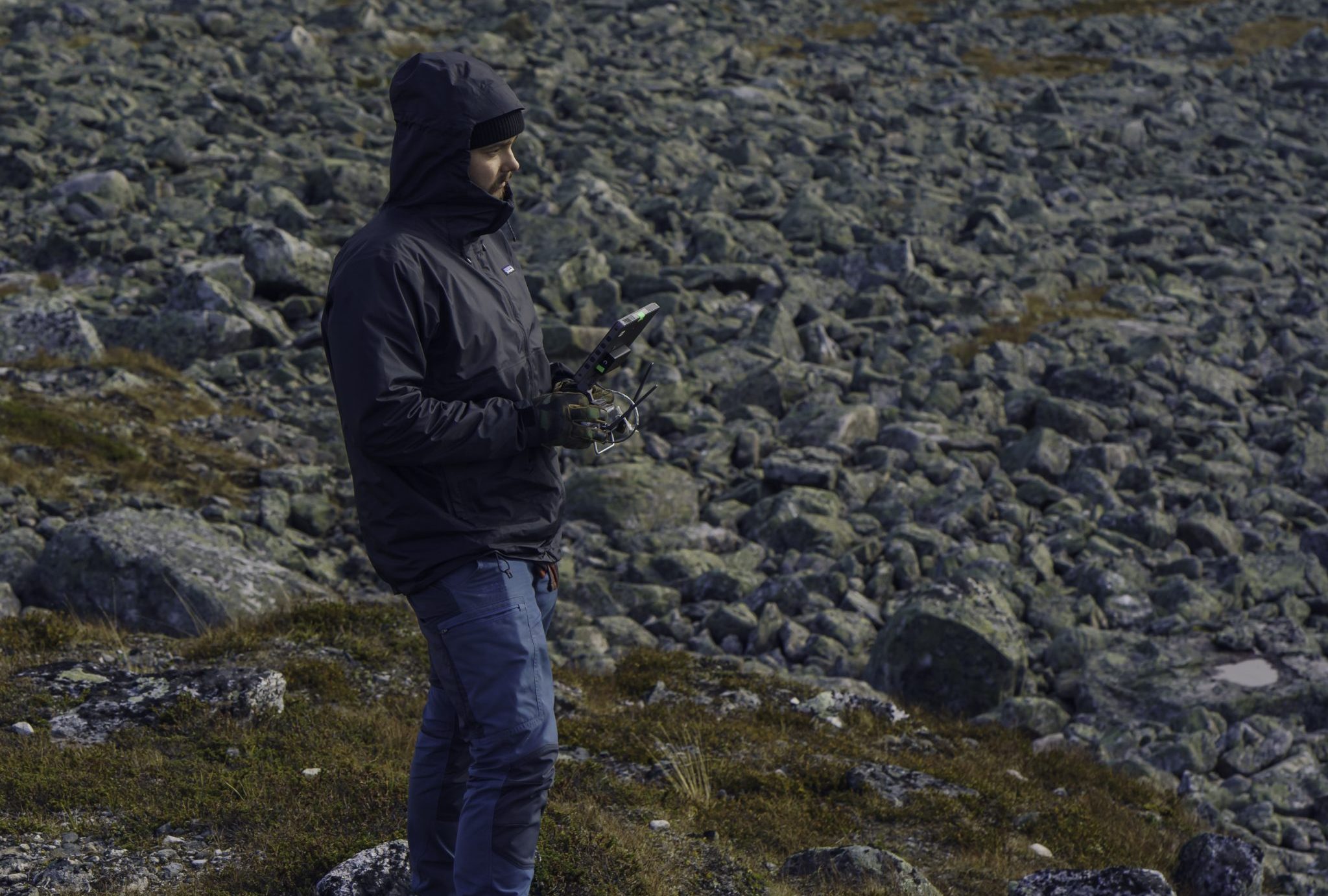
The work is done when post-production is done
Juha Simola is behind the unified sound of Untold Arctic Wars. Responsible for sound post-processing, he’s made sure the music, voiceovers, dialogue and sound effects are clear and match each other throughout the episode. Juha worked on the sound clips from the cameramen from different situations. What makes sound post-processing difficult is the fact that people speak at different volumes and the cameramen record sound on different levels. The material had to be handled one sentence at a time.
On the field, people rumble through forests and their mic may end up under their jacket, for example. Some of the studio interviews had a clear humming from the air conditioning in the background. I know I managed to get what we wanted out of the material, and I'm happy with the end result.
Juha Simola, Sound post-production
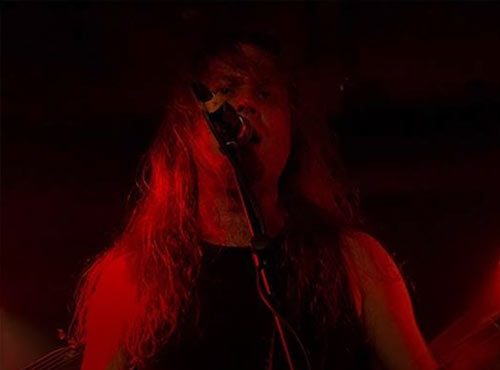
Maiju Degerman helped in post-production in more ways than one. Her main responsibility was calculating cost estimates and buying archive film material. After securing the master files, it was Maiju’s job to upload them to the episodes.
In addition, I updated the animations made by Iikka, maps by Riku, voiceovers from Peter Franzén and text graphics of all sorts. In practice, when the episodes were finalised by Ville and Antero, they landed on my desk.
Maiju Degerman, Editor
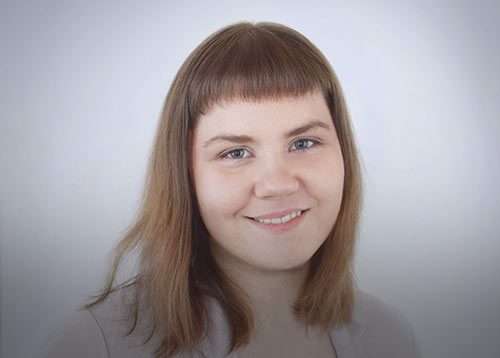
Henri Sorsa downloaded material and clips for the editors for easier editing, in other words, logged the filmed material, among other small tasks.
In my opinion, the end result is impressive and even better than I expected. It was great to be a part of something so meaningful and to work with this amazing team.
Henri Sorsa, Editor
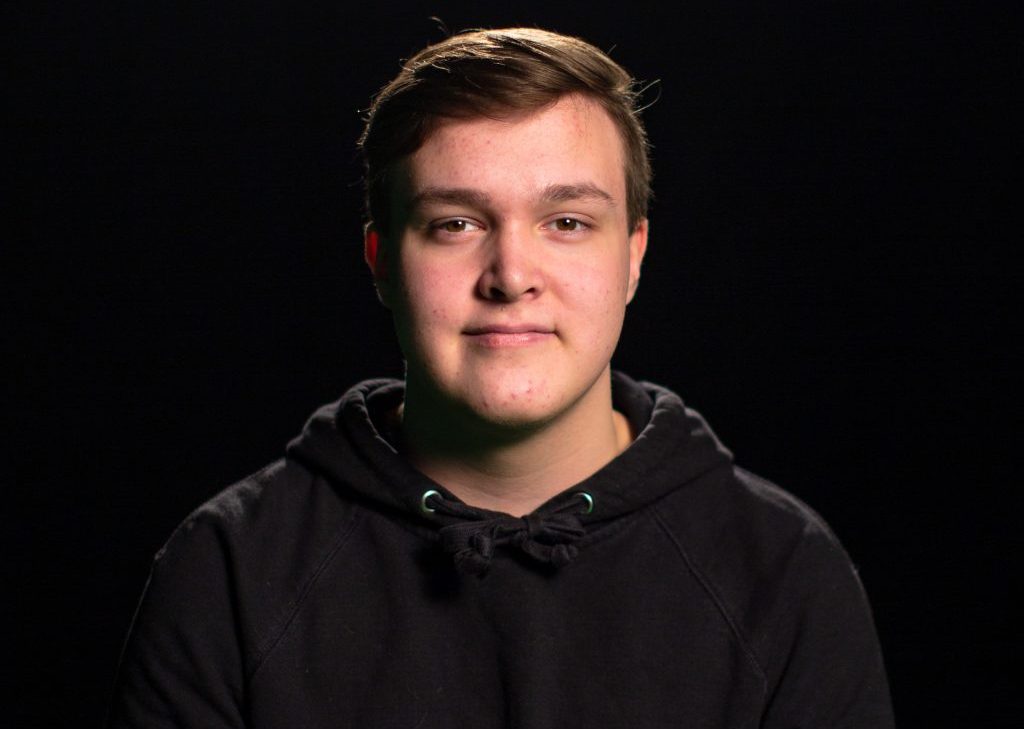
Archive editors in front of the camera and behind the scenes
The series’ archive editors Emil Kastehelmi and Aleksi Rikkinen are also known for their Forgotten fronts project. The duo are seen on camera in a couple of episodes, doing their field research in Sturmbock and the Ropi fell, revealing their long term research to a larger audience.
On the production side, Aleksi searched for suitable archive photos and Emil was responsible for archive films.
It was interesting to be able to put into practice my expertise in war history, as well as my understanding of visuality in searching for the perfect archive films. In general, I think Untold Arctic Wars is one of the best war history documentary series in a long time.
Emil Kastehelmi, Archive editor
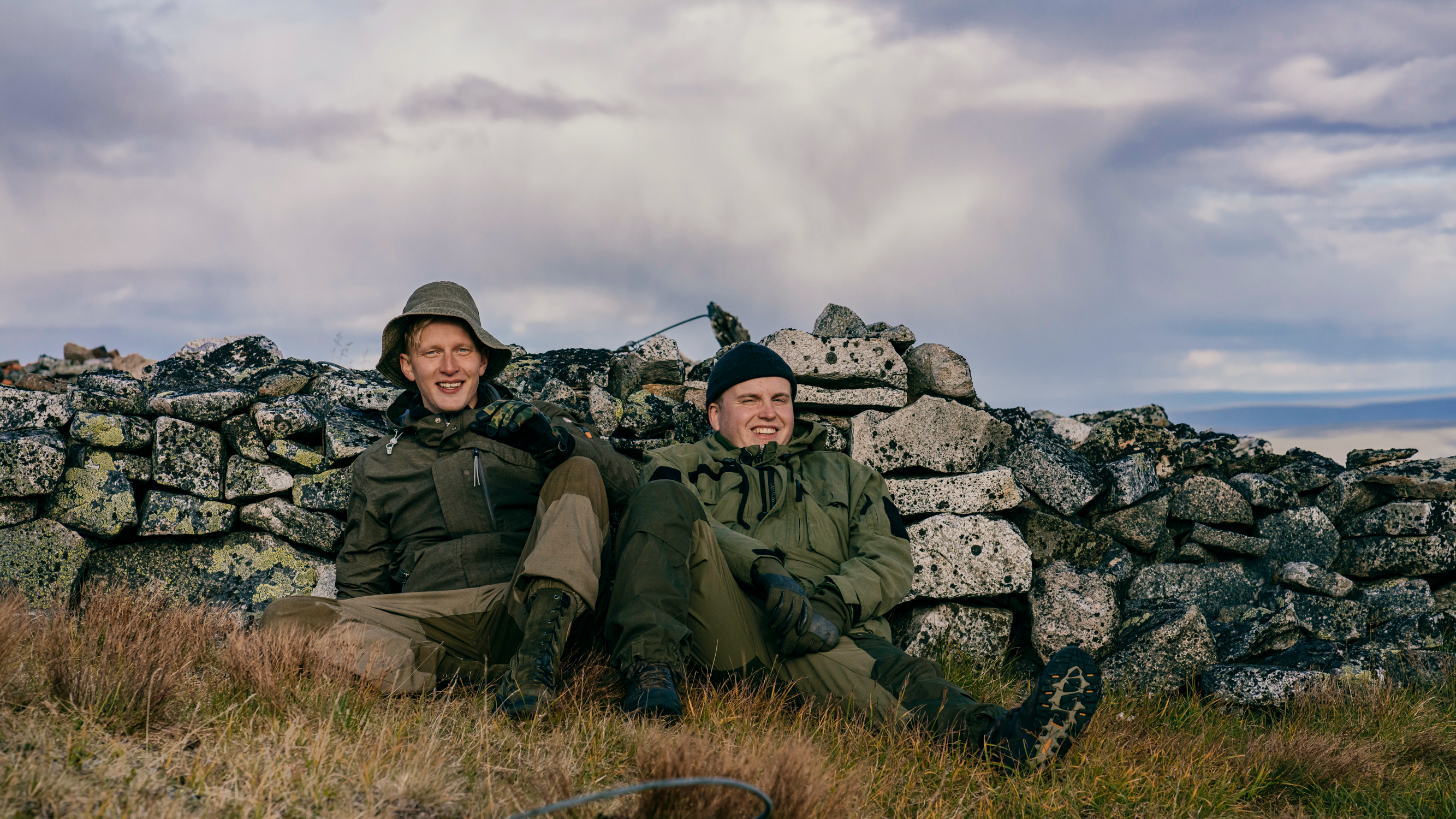
Kuva: Mika Hirvonen
Aleksi helped in creating the maps: his job was to make sure they were historically accurate with their statistics and attack directions. Like Emil, Aleksi is also happy that the series is credible from a historical research perspective.
This series was made by listening to historians. The standards for archive photos were high: they were not selected based on their entertainment value. I'm proud of the end result and my contribution to the project.
Aleksi Rikkinen, Archive editor

